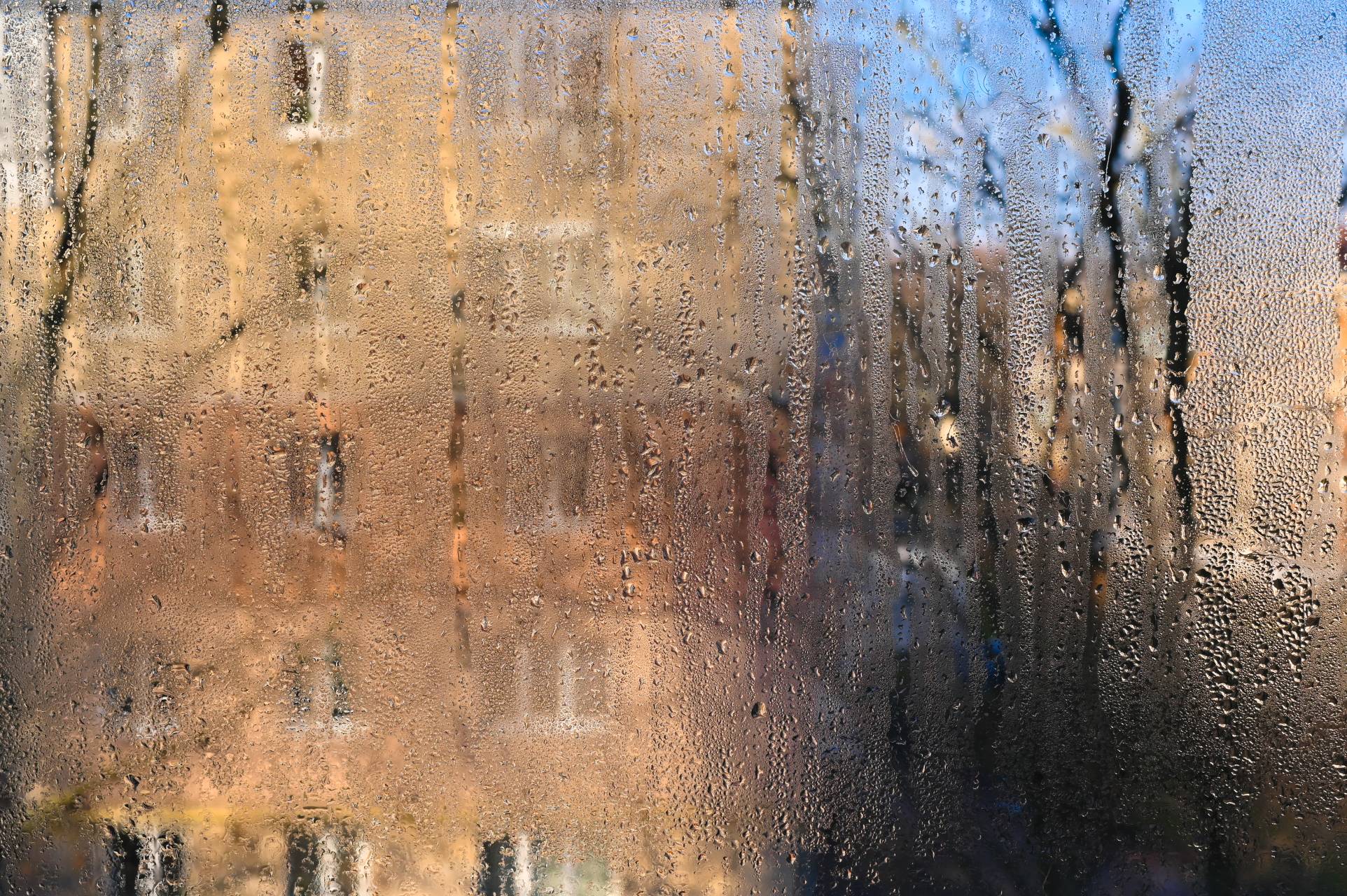When warm, moist air comes into contact with a cold surface, the moisture in the air condenses into water droplets.
You might have seen condensation on your windows on particularly cold days, when the temperature inside your home is warmer than the temperature outside. If left unaddressed, condensation can lead to several issues—here are some way condensation can affect your windows at home:
1. Water Damage
Excessive condensation can lead to water pooling on window sills and frames, which can cause damage over time. If your window frames or sills are made of wood, prolonged exposure to moisture from condensation can cause them to warp, rot, or decay over time. Condensation can also affect painted surfaces around windows. Excessive moisture can cause paint to peel, bubble, or discolor, leading to aesthetic deterioration and potentially exposing underlying materials to further damage. For windows with metal components, such as aluminum frames or hardware, condensation can lead to corrosion over time. The water droplets that form on the metal surfaces can promote rust or oxidation. In these ways, unaddressed condensation can compromise the appearance and structural integrity of the window, which may require costly repairs or window replacement.
Wiping away water from windows can prevent pooling and prolonged contact with window components. It is essential to address the underlying causes of excess moisture, improve ventilation, and regularly maintain and inspect your windows for signs of damage or deterioration to prevent water damage caused by condensation on windows.
2. Reduced Visibility
Condensation on windows can obscure your view through the window, making it difficult to see outside. The water droplets formed on your windows cover the glass surface, obstructing your view. As condensation accumulates on the window surface, it can also distort the view by refracting light differently as it passes through the water droplets. This can make objects outside the window appear blurry or distorted. In severe cases, especially during periods of high humidity or temperature differentials between the interior and exterior of your home, condensation can form a thin layer of fog on the window glass.
To improve visibility and mitigate the effects of condensation on windows, you can wipe down windows regularly to remove water droplets and increase ventilation in your home to reduce humidity levels. You can also use a dehumidifier to remove excess moisture from the air.
3. Mold and Mildew
Moisture buildup on windows provides an ideal environment for mold and mildew to grow, which can be both unsightly and harmful to your health. Without proper air circulation, moisture becomes trapped indoors, increasing the likelihood of condensation on windows and other surfaces. Condensation often occurs in areas with high humidity levels, such as bathrooms, kitchens, and poorly ventilated rooms, where mold and mildew spores can germinate and proliferate. Window frames, sills, and surrounding surfaces may contain organic materials that provide nutrients for mold and mildew growth. Condensation can moisten these surfaces, promoting conditions for mold and mildew to colonize and spread.
Regularly wiping down windows to remove condensation and moisture, using exhaust fans in moisture-prone areas, and maintaining proper indoor humidity levels can help mitigate mold and mildew problems. Additionally, repairing and leaks or gaps around windows and improving insulation can reduce condensation and minimize the risk of mold growth.
4. Decreased Energy Efficiency
Condensation indicates that warm air is escaping from your home to the cooler outdoor environment through the window. When condensation occurs, it is a sign that your windows are not effectively insulating your home, allowing heat to escape in window and enter in summer. In colder months, condensation on windows indicates that your heating system is working harder to maintain a comfortable indoor temperature. As heat escapes through the windows, your heating system needs to compensate by consuming more energy, leading to higher heating bills. Similarly, in warmer months, condensation can indicate that your air conditioning system is struggling to remove heat and moisture from the indoor air, increasing cooling costs. Condensation on windows may also indicate air leakage around the window frames or seals. Gaps or cracks in window seals allow warm indoor air to escape and cold outdoor air to infiltrate your home, leading to temperature imbalances and condensation on windows.
Some energy efficiency and condensation solutions you can take include upgrading to energy-efficient windows with multi-pane glass and low-emissivity coatings, sealing any gaps around window frames with weatherstripping or calking, improving ventilation in your home, using insulated window treatments like curtains or blinds, and installing storm windows or applying window film.
It is important to address condensation on windows because it can lead to significant issues, such as water damage, mold and mildew growth, decreased energy efficiency, and reduced visibility. In addition to proper ventilation and humidity control, windows with improved insulation and proper sealing can reduce the likelihood of moisture accumulation and condensation on windows. Consulting with window professionals can help you assess your needs and provide solutions for a healthier and more comfortable environment at home.


